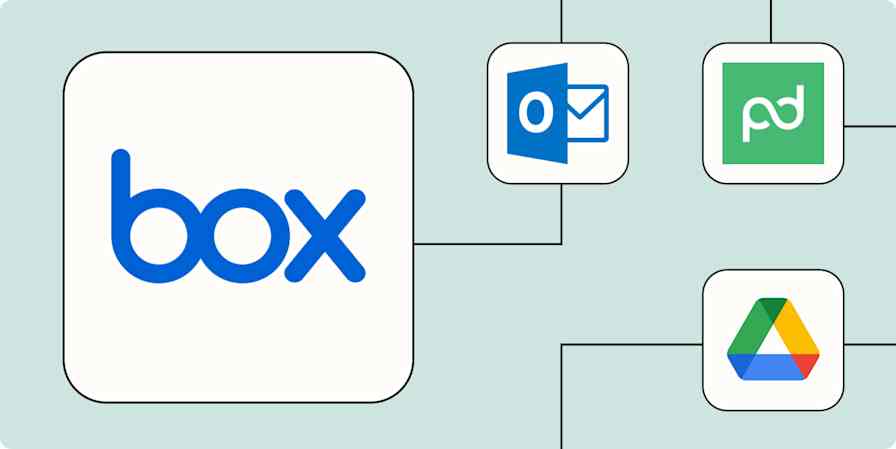App tips
6 min readHow to send large files
Sharing mega-files? Ditch email. Here are 4 ways to share large files.
By Elisa Silverman · March 16, 2022

Get productivity tips delivered straight to your inbox
We’ll email you 1-3 times per week—and never share your information.
mentioned apps
Related articles
Improve your productivity automatically. Use Zapier to get your apps working together.








